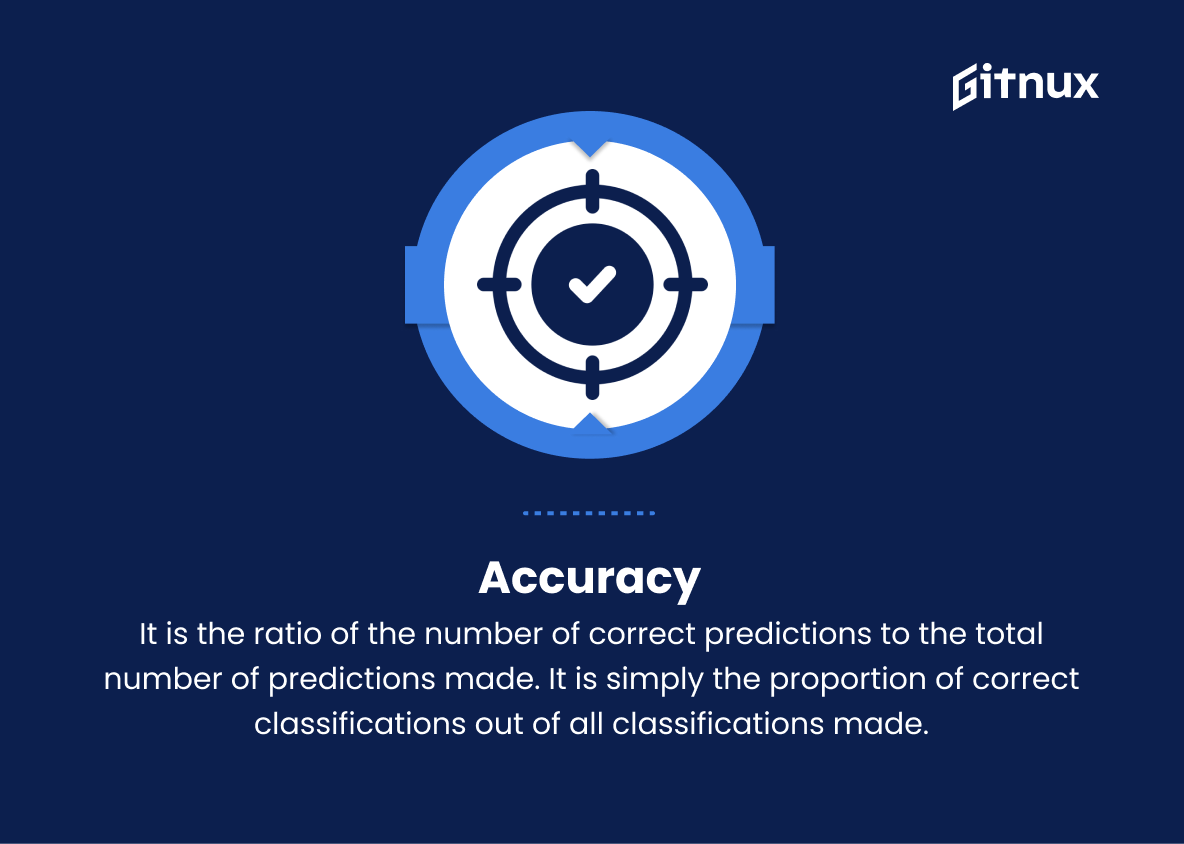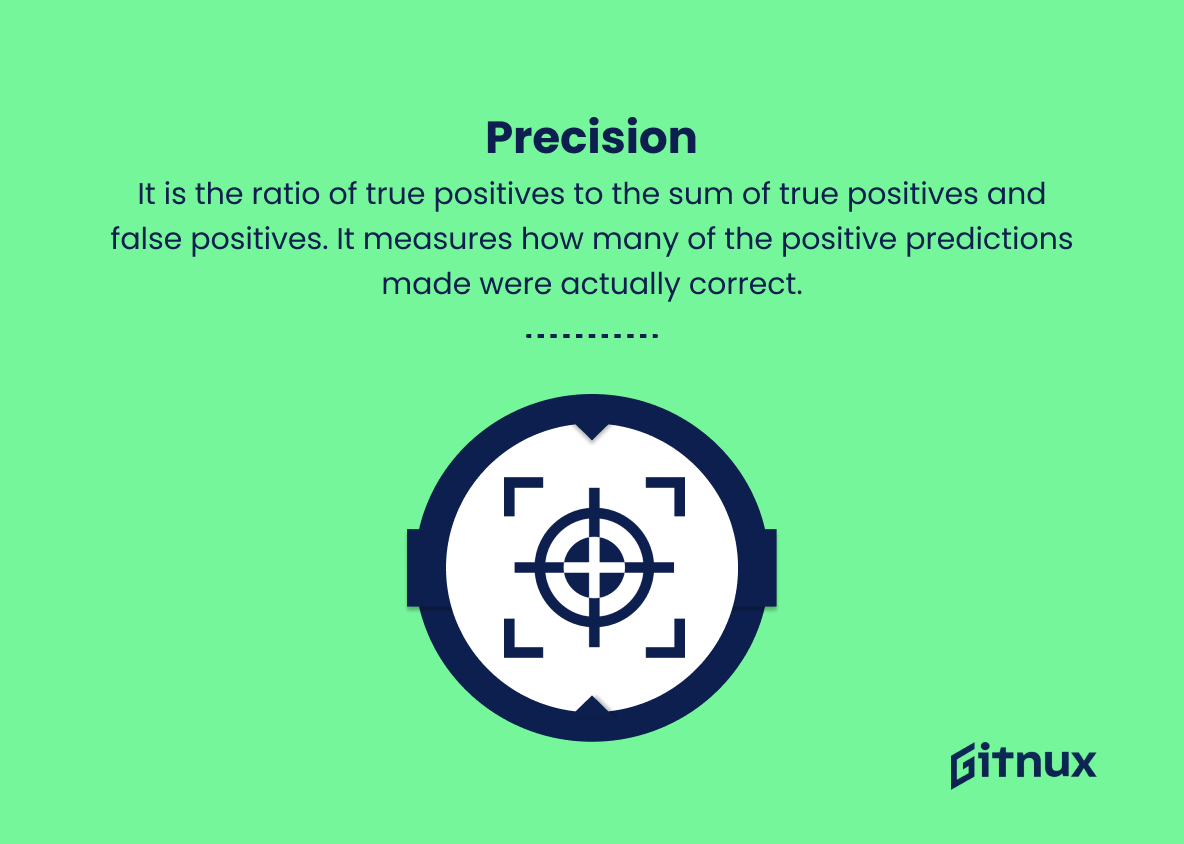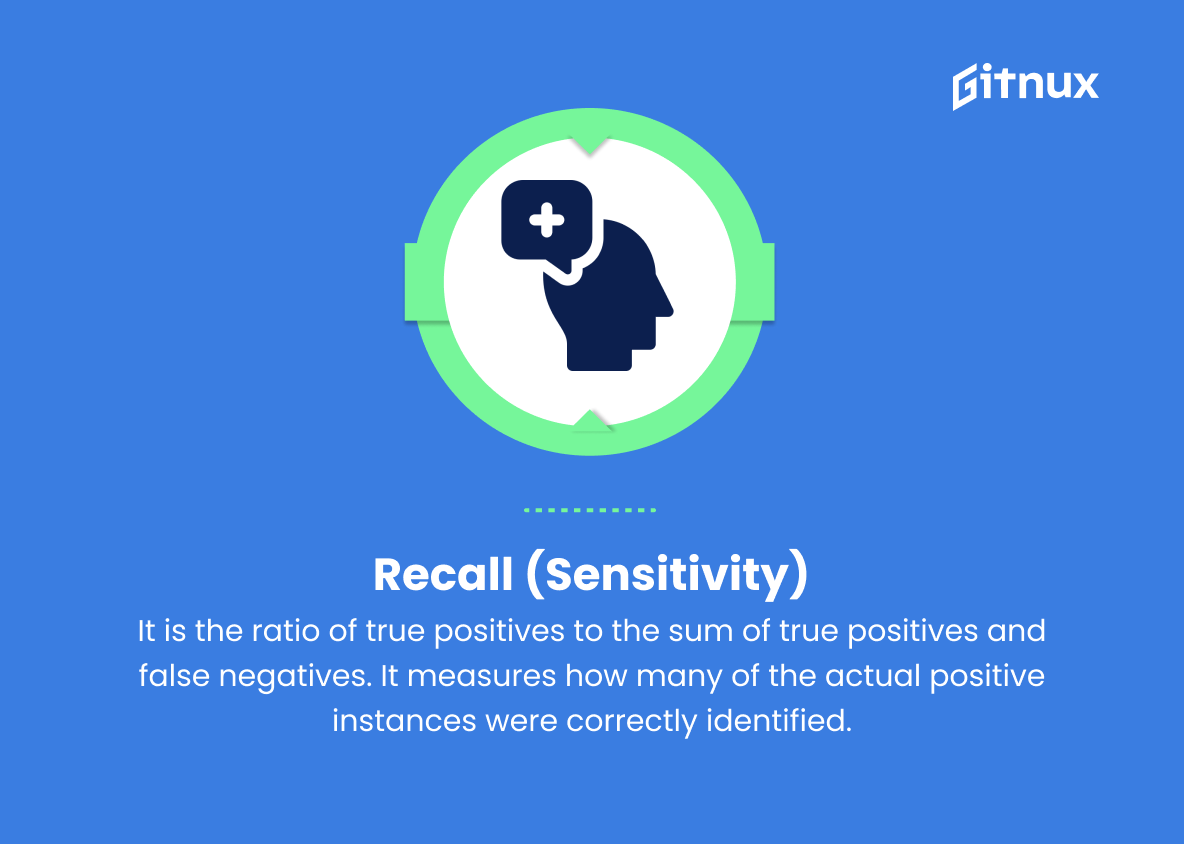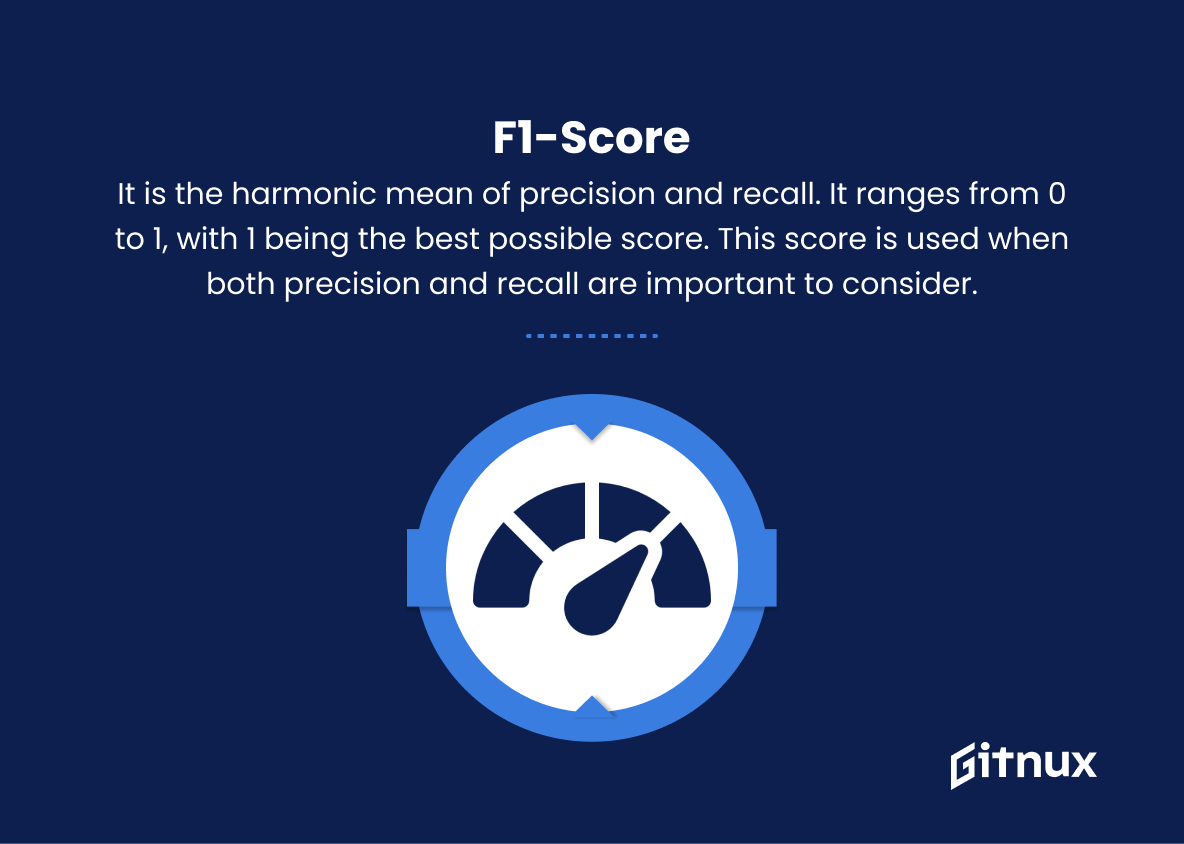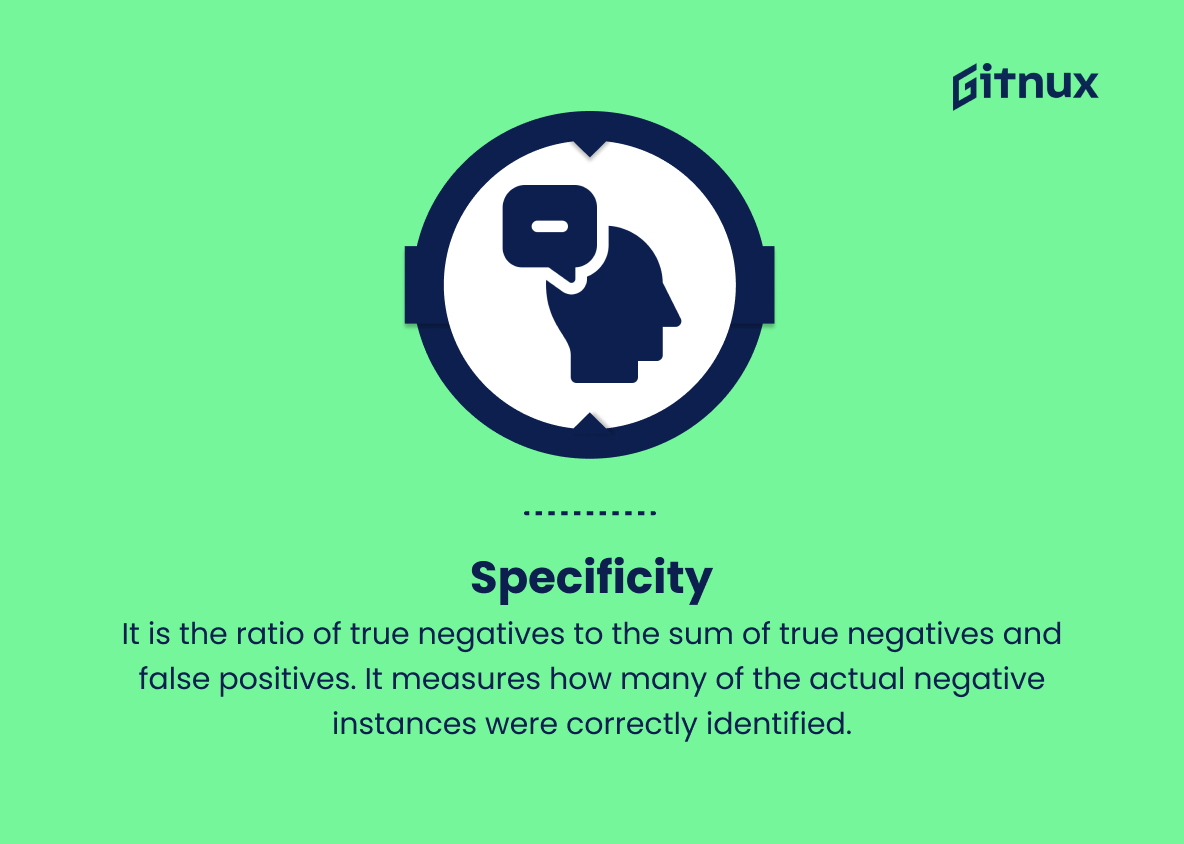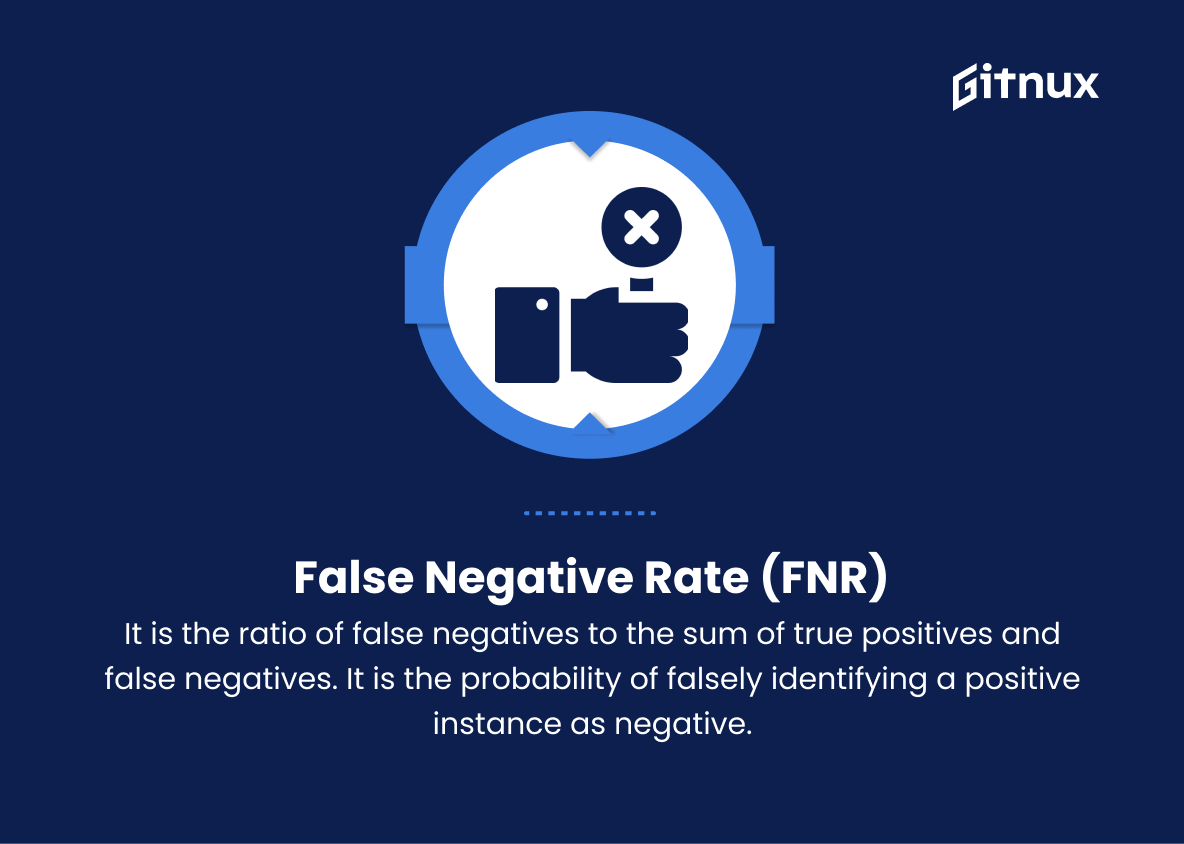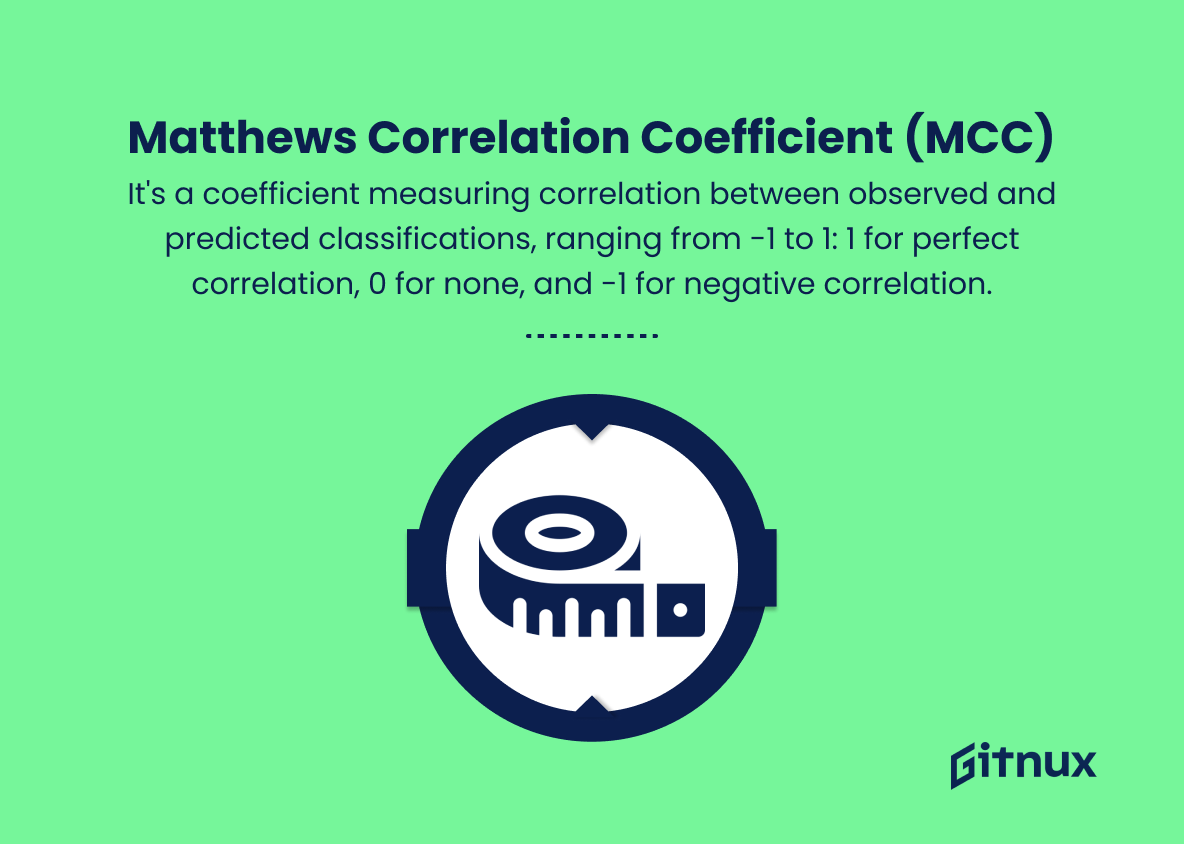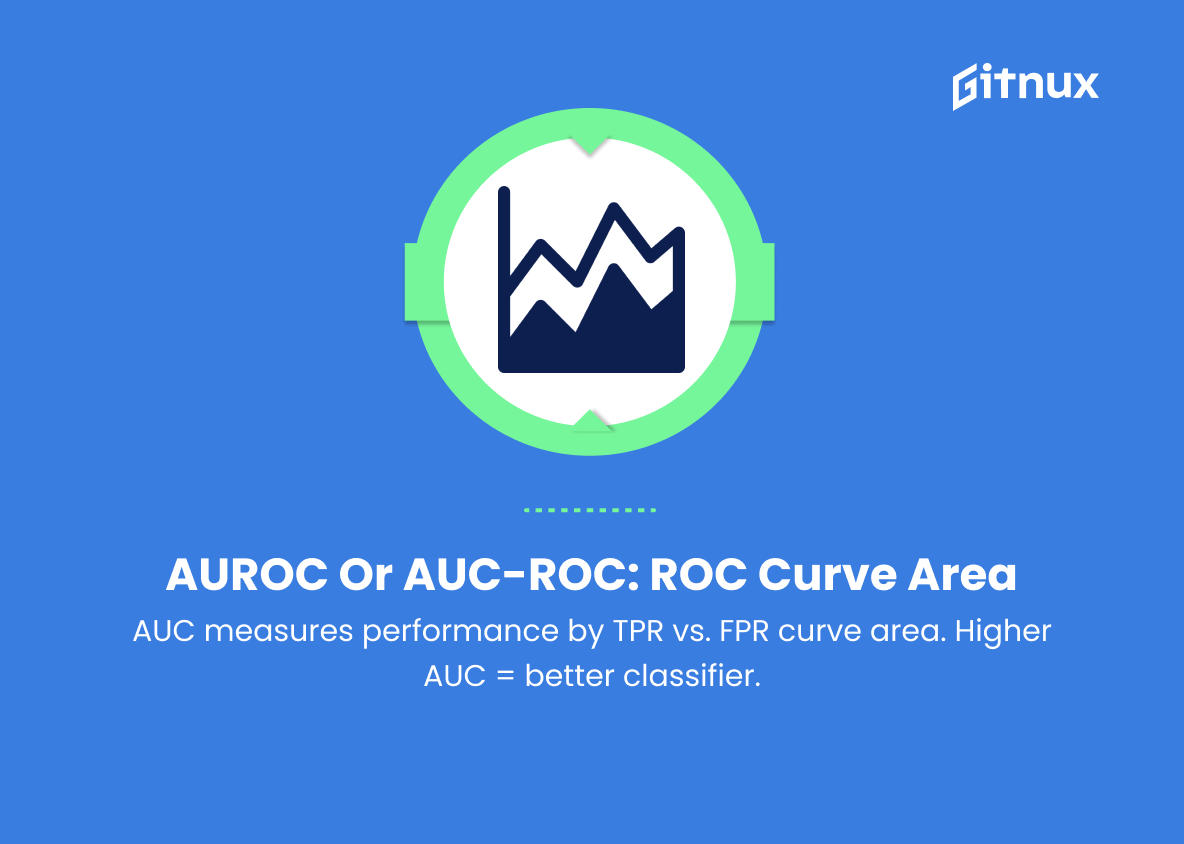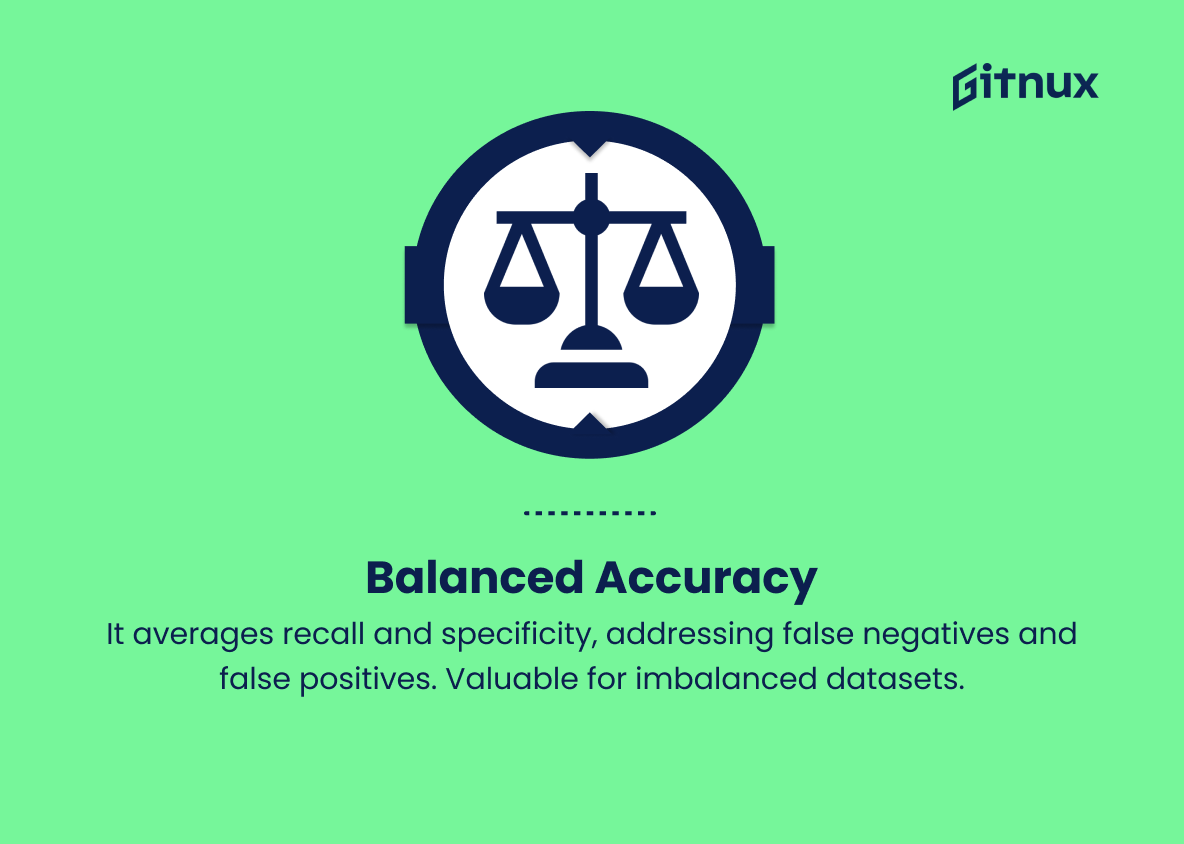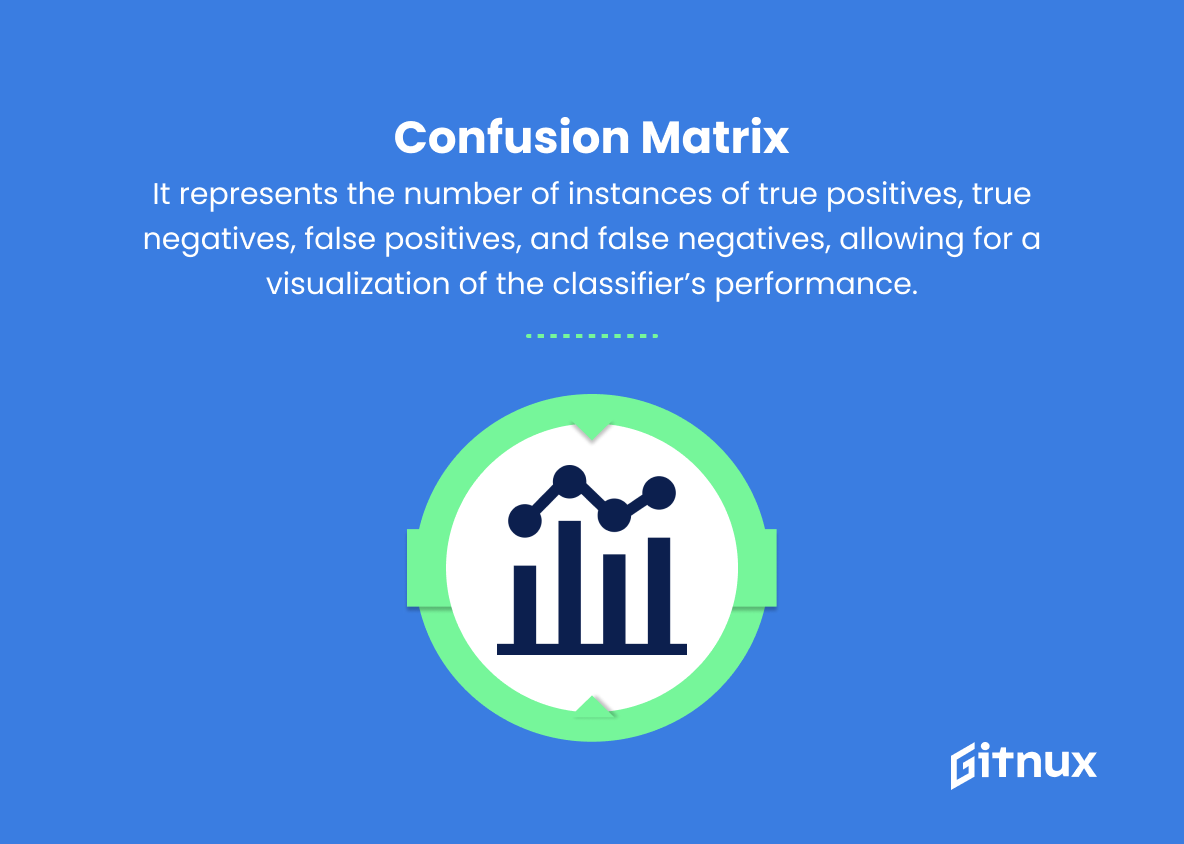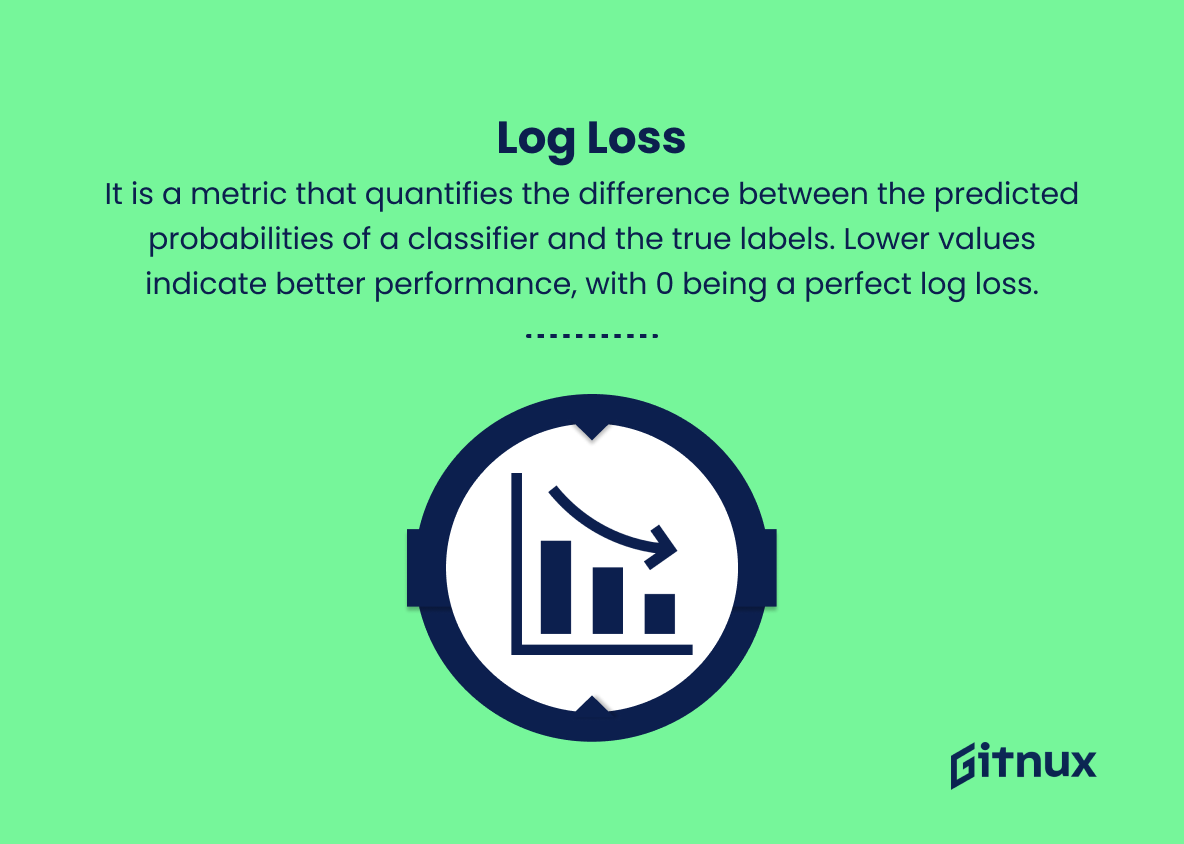In the ever-evolving world of data science and machine learning, the ability to accurately evaluate and measure the performance of models has become increasingly essential. Classification metrics are a fundamental aspect of this evaluation, helping data scientists to not only gauge and optimize their models but also to effectively communicate the results.
In today’s blog post, we will delve into the various aspects of classification metrics, discussing their importance, benefits, and applications while exploring some commonly used techniques such as precision, recall, and F1-score. Join us as we navigate through the intricate landscape of classification metrics and uncover how they can revolutionize the way we approach machine learning models.
Classification Metrics You Should Know
1. Accuracy
It is the ratio of the number of correct predictions to the total number of predictions made. It is simply the proportion of correct classifications out of all classifications made.
2. Precision
It is the ratio of true positives to the sum of true positives and false positives. It measures how many of the positive predictions made were actually correct.
3. Recall (Sensitivity)
It is the ratio of true positives to the sum of true positives and false negatives. It measures how many of the actual positive instances were correctly identified.
4. F1-score
It is the harmonic mean of precision and recall. It ranges from 0 to 1, with 1 being the best possible score. This score is used when both precision and recall are important to consider.
5. Specificity
It is the ratio of true negatives to the sum of true negatives and false positives. It measures how many of the actual negative instances were correctly identified.
6. False Positive Rate (FPR)
It is the ratio of false positives to the sum of true negatives and false positives. It is the probability of falsely identifying a negative instance as positive.
7. False Negative Rate (FNR)
It is the ratio of false negatives to the sum of true positives and false negatives. It is the probability of falsely identifying a positive instance as negative.
8. Matthews Correlation Coefficient (MCC)
It is a coefficient that measures the correlation between the observed and predicted classifications. It ranges from -1 to 1, with 1 indicating perfect correlation, 0 indicating no correlation, and -1 indicating a negative correlation.
9. Area Under the Receiver Operating Characteristic Curve (AUROC or AUC-ROC)
It is the area under the curve that plots the true positive rate (recall) against the false positive rate at various threshold settings. A higher AUC value indicates better classifier performance.
10. Area Under the Precision-Recall Curve (AUC-PR)
It is the area under the curve that plots precision against recall at different threshold settings. A higher AUC value indicates better classifier performance, especially in cases of imbalanced datasets.
11. Balanced Accuracy
It is the average of recall (sensitivity) and specificity, thus accounting for both false negatives and false positives. This metric is useful when dealing with imbalanced datasets since it considers both false negatives and false positives.
12. Confusion Matrix
It represents the number of instances of true positives, true negatives, false positives, and false negatives, allowing for a visualization of the classifier’s performance.
13. Cohen’s Kappa
It is a measure of the agreement between two raters (or classifiers) considering the possibility of agreement by chance. A higher kappa value (between 0 and 1) indicates better agreement.
14. Log Loss
It is a metric that quantifies the difference between the predicted probabilities of a classifier and the true labels. Lower values indicate better performance, with 0 being a perfect log loss.
Classification Metrics Explained
Classification metrics are essential in evaluating the performance of machine learning models to ensure that they can accurately predict outcomes based on input data. Accuracy is a simple metric that shows the proportion of correct classifications out of all predictions made. Precision determines how many positive predictions were correct, while recall (sensitivity) measures the ability to identify actual positive instances correctly. F1-score combines both precision and recall to provide a balanced evaluation. Specificity, on the other hand, measures the correct identification of negative instances.
False Positive Rate (FPR) and False Negative Rate (FNR) indicate the probabilities of incorrect classifications. Matthews Correlation Coefficient (MCC) shows the correlation between observed and predicted classifications. Area Under the Receiver Operating Characteristic Curve (AUROC or AUC-ROC) and Area Under the Precision-Recall Curve (AUC-PR) are used to assess classifier performance at various threshold settings. Balanced accuracy takes into account both false negatives and false positives to deal with imbalanced datasets.
The confusion matrix provides a visualization of the classifier’s performance, while Cohen’s Kappa assesses the agreement between classifiers. Lastly, Log Loss quantifies the difference between predicted probabilities and true labels, with lower values indicating better performance. Overall, these classification metrics are crucial in determining the effectiveness and reliability of machine learning models in various applications.
Conclusion
In conclusion, classification metrics play a crucial role in evaluating the performance of machine learning models, particularly in the realm of classification problems. A thorough understanding of these metrics, such as accuracy, precision, recall, F1-score, and AUC-ROC, enables data scientists, and machine learning practitioners to select the most suitable models for their specific tasks. By considering the unique characteristics and potential trade-offs of each metric, professionals can make well-informed decisions about their models and enhance the overall quality of their predictions.
As research and development in machine learning continue to advance rapidly, refining our grasp of classification metrics becomes increasingly essential to ensuring the success of future applications and technologies.
